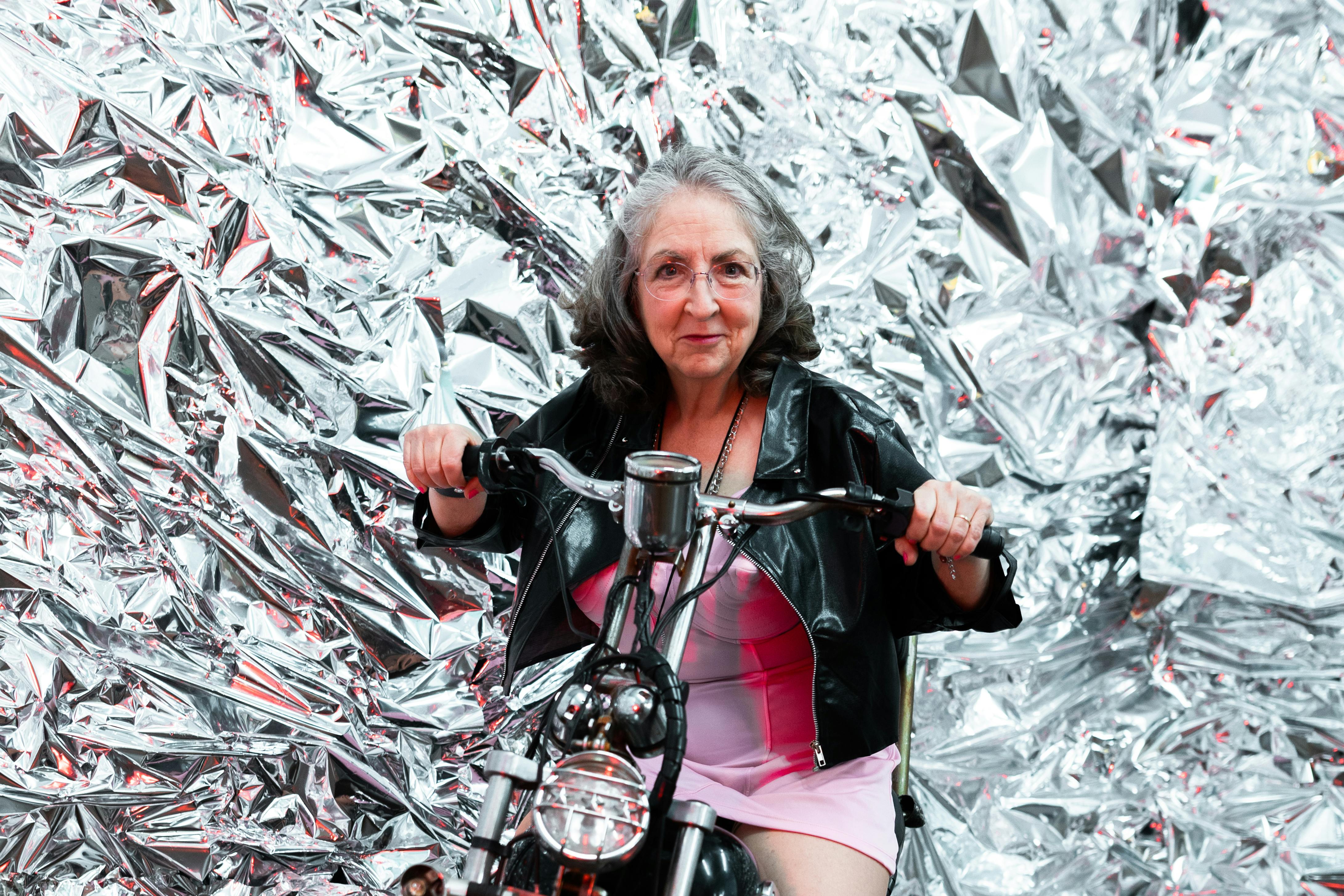The landscape of the Eastern Cape is diverse, from the arid and desolate Karoo to the lush green Tsitsikamma forest, the fertile valleys of the Lankloof and Sundays River and the magnificent beaches of the Wild Coast. This was a true frontier country in the early 19th century. Several towns met along the coastal migration routes, and as a result, many battles were fought here. White settlers clashed with the Xhosa, Pondo, Zulu, and Sotho tribes.
The unique architecture of the towns and cities reflects the mixed heritage of the people and the many museums chronicle the area’s turbulent history.
The Eastern Cape is an agricultural region that produces mainly grains and fruit, although there are some cattle and sheep ranches. The main public game reserve in the Eastern Cape is Addo Elephant Park, not far from Port Elizabeth. There are also numerous private game reserves, all of which are in malaria-free areas.
Addo Elephant National Park
Addo Elephant National Park is part of the National Parks of South Africa and is a lovely reserve near Port Elizabeth. The elephants used to be crammed into this park, but it has recently been expanded to give these large but quiet pachyderms a larger area to roam.
As a result, it is a little harder to see the elephants, but the animals are not in short supply and the evidence is everywhere. An elephant produces 150 kilograms of dung every day, so the precious flightless dung beetles have a big job to do.
You will see many signs in this park asking you to be careful not to run over dung beetles, which are vital to the fragile ecology.
Accommodation is in basic but attractive chalets, facing a well-trodden path to the watering hole opposite the main lodge. You can eat in the basic restaurant or grab your own BBQ food and cook it on your patio while watching the elephants go by. Just after dark, silver-backed jackals often begin howling, an eerie serenade in the silent night.
Port Elizabeth
Port Elizabeth is known as ‘The Friendly City’ with its sandy beaches, pleasant parks and lively nightlife. Settlers Park includes 54 hectares of cultivated and natural gardens in the Baakens River Valley, with many native plants and flowers that attract many colorful birds.
Known to South Africans as ‘PE’, Port Elizabeth is a major water sports venue and was the site of the 1995 World Windsurfing Championships. There is a public swimming pool in St George’s Park and a tidal pool at MacArthur Baths on Kings Beach Promenade.
Port Elizabeth is also a city for animal lovers, with dolphins performing in the Oceanarium, a snake park, and even a Horse Monument in the city that commemorates the horses that suffered and died during the Boer War.
A reminder of a different and short-lived war is Fort Frederick, built in 1799. It was intended to defend the original port at the mouth of the river against the French, who wanted to colonize the remote eastern Cape regions. They found out that it was too much trouble and that no shot was ever fired from here.
wild coast
This sunny stretch of coastline offers some of South Africa’s best angling, walking, diving and scenic beauty. The surroundings here are magnificent and the cultural diversity alone makes the Wild Coast worth visiting.
Swimming is safe and the water is warm and calm along this peaceful and glorious stretch of coastline. The area is not very developed, which adds to its rustic and unspoiled appeal.
country of settlers
Slightly inland from the Wild Coast is an area that was settled by a fair number of English immigrants in the 1820s. At the time, it was a conflict-torn region where Boer and Xhosa communities were constantly clashing. each other for cattle and land.
English colonists landed in the midst of this tension and several wars were fought. Towns such as Cradock, Hogsback, Queenstown, Fort Beaufort and Somerset East sprang up to dampen the conflict and supply the garrisons with provisions.
Many of these towns benefited from strong English influence and these influences can still be seen today. There are a number of historic buildings to see, as well as beautiful areas of indigenous forest, especially around Hogsback.
karoo
The hot, dry Karoo overlaps the Eastern Cape and the Western Cape. It has a sparse and arid landscape, where the main economic activity is wool and meat from the hardy Karoo sheep.
One of the main towns in the Eastern Cape Karoo is Graaff-Reinet. The wide streets of Graaff-Reinet have more National Monument buildings than any other city in South Africa and it is a delightful oasis in the bush.
Nearby is a spectacular natural wonder known as the “Valley of Desolation,” where the ground collapses dramatically and strange pinnacles of dolomite rise like rockets from a launch pad.
Nieu-Bethesda is a quirky little town and home to the strange Owl House. The Owl House is an unusual collection of cement and glass sculptures and is the life’s work of an eccentric artist named Helen Martins.
It may seem huge and empty, but the Karoo is full of delightful eccentricities just waiting to be discovered.
